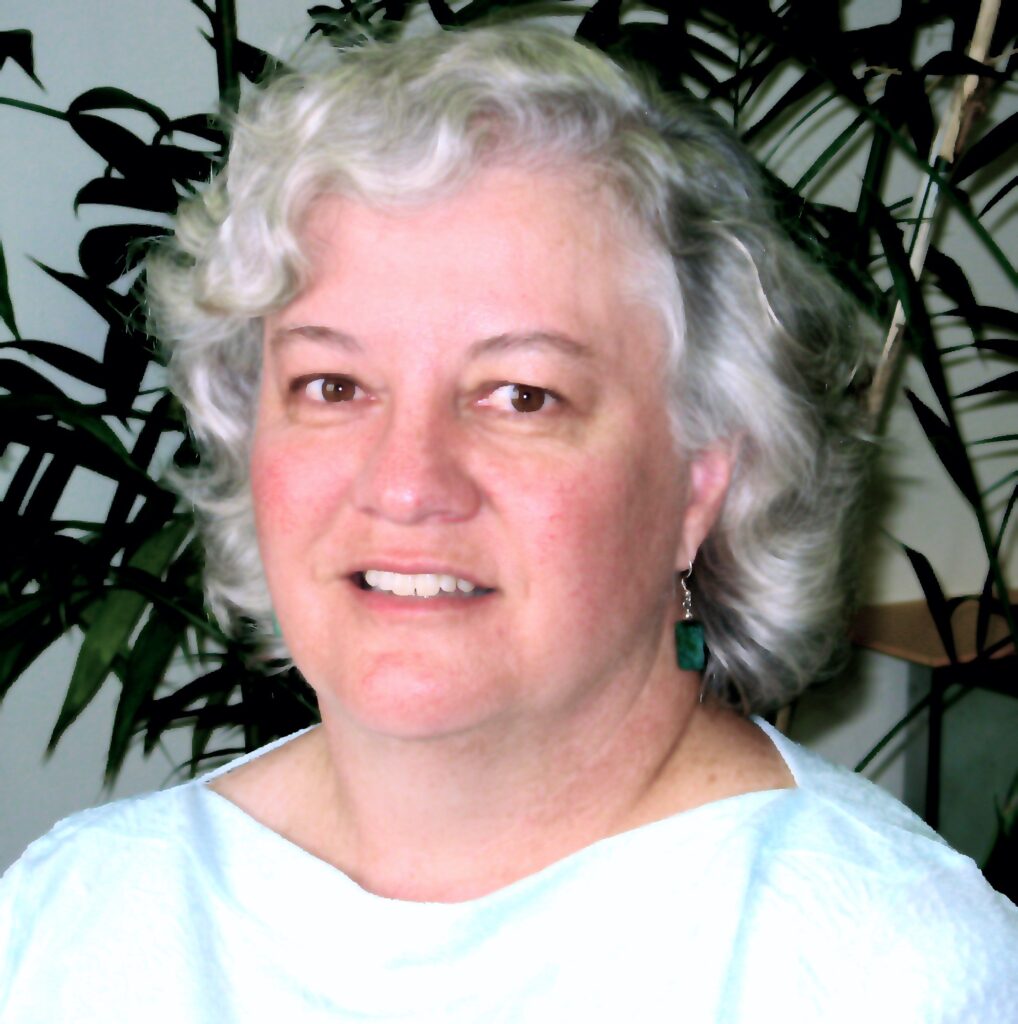DAY: Wednesday, July 10, 2024 (2nd Wednesday of every month)
TIME: 7:00 pm - socializing begins at 6:30 pm
TYPE: Zoom
LEARN - Interactions among bee species and the impact of a honey bee apiary on native bees
WHO: Diana Cox-Foster Fraser, Research Leader and Entomologist at USDA-ARS Pollinating Insects Research Unit (PIRU) in Logan, Utah
ADD TO YOUR CALENDAR: Google Calendar Outlook Calendar (.ics) Yahoo Calendar
SCHEDULE
| 6:30.pm.ET | Socializing | |
| 7:00.pm ET | Club announcements | |
| 7:15 pm ET | Meet Sarah Taylor of the Huneebee Project, a non-profit social enterprise that uses beekeeping to revitalize disinvested urban neighborhoods by prioritizing training and hiring youth and young adults with past or present child protective or foster care involvement. | |
| 7:30 pm ET | Presentation by Diana Cox-Foster, "Interactions Among Bee Species: What is the impact of a honey bee apiary on native bees?" |
EVENT DESCRIPTION
Interactions Among Bee Species: What is the impact of a honey bee apiary on native bees?
With changing climate and land uses, our pollinators are facing increased pressure on their populations. In the last few years, increased concern and research reports raise the question about negative impacts of honey bee colonies on native bees.
This talk will present the results from a three-year, comprehensive study to examine the interactions of honey bee colonies with native bees. Scientists at the USDA/ARS Pollinating Insect Research Unit in Logan, Utah, generated sentinel colonies and populations of a native bumble bee and a solitary bee. Using cages set over floral resources, competition was generated between honey bees, bumble bees, and the solitary bees, to examine competition. In wild lands, the sentinel bees and honey bees were deployed, as well as monitoring the endemic bee species to determine if competition occurred and how the species interacted.
Data will be shared to answer how reproduction, floral interactions, and pathogen sharing/impact are affected by honey bees. The carrying capacity (i.e. how many floral resources or food for the bees) will be emphasized as the most important factor. You will also learn how other factors such as climate change and other herbivores can impact these interactions.
Takeaways—
SPEAKER BIO
Diana Cox-Foster is a Research Leader and Entomologist at USDA-ARS Pollinating Insects Research Unit (PIRU) in Logan, Utah. PIRU focuses on biology, management, and systematics of all bee species. Stakeholders include bee keepers, bee managers, growers who use Apis and non-Apis bees for pollination, and land managers of natural ecosystems. PIRU has the U.S. National Pollinating Insect Collection, with research on conservation of bee biodiversity. Cox-Foster examines the impact of pathogens and pesticides on bee health, for honey bees, bumble bees, and solitary bees.
Cox-Foster received a B. S. in Entomology and Zoology at Colorado State University and a M.S. and Ph.D. in Entomology at University of Illinois at Urbana-Champaign. Cox-Foster gained skills in molecular biology as a post-doc at Vanderbilt University. In 1987, Cox-Foster joined Penn State University as a faculty member and served as a full professor. At PSU, Cox-Foster was one of the initial scientists responding to colony collapse disorder in honey bees and co-director of the CCD working team. She transitioned to USDA-ARS in October 2015.


